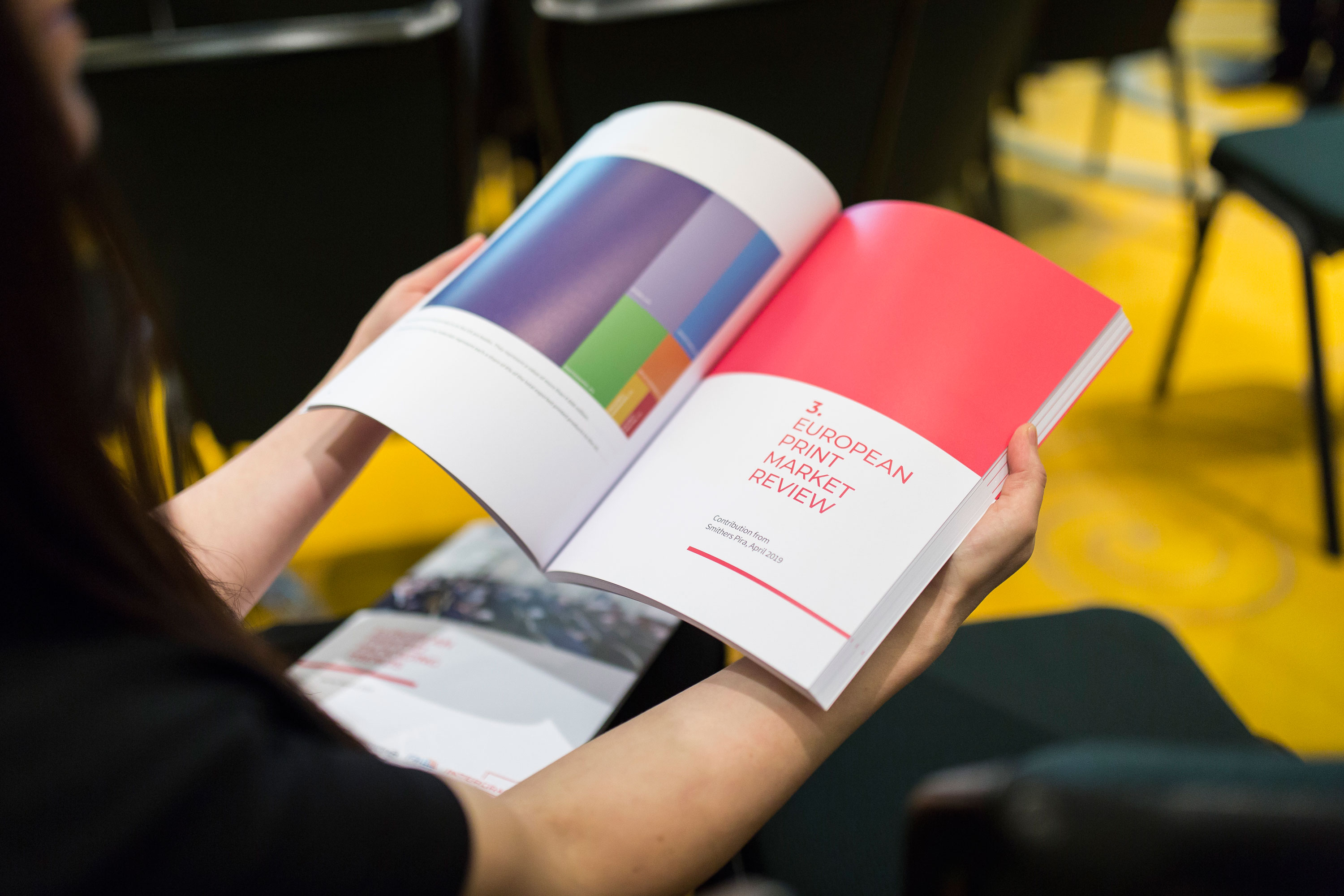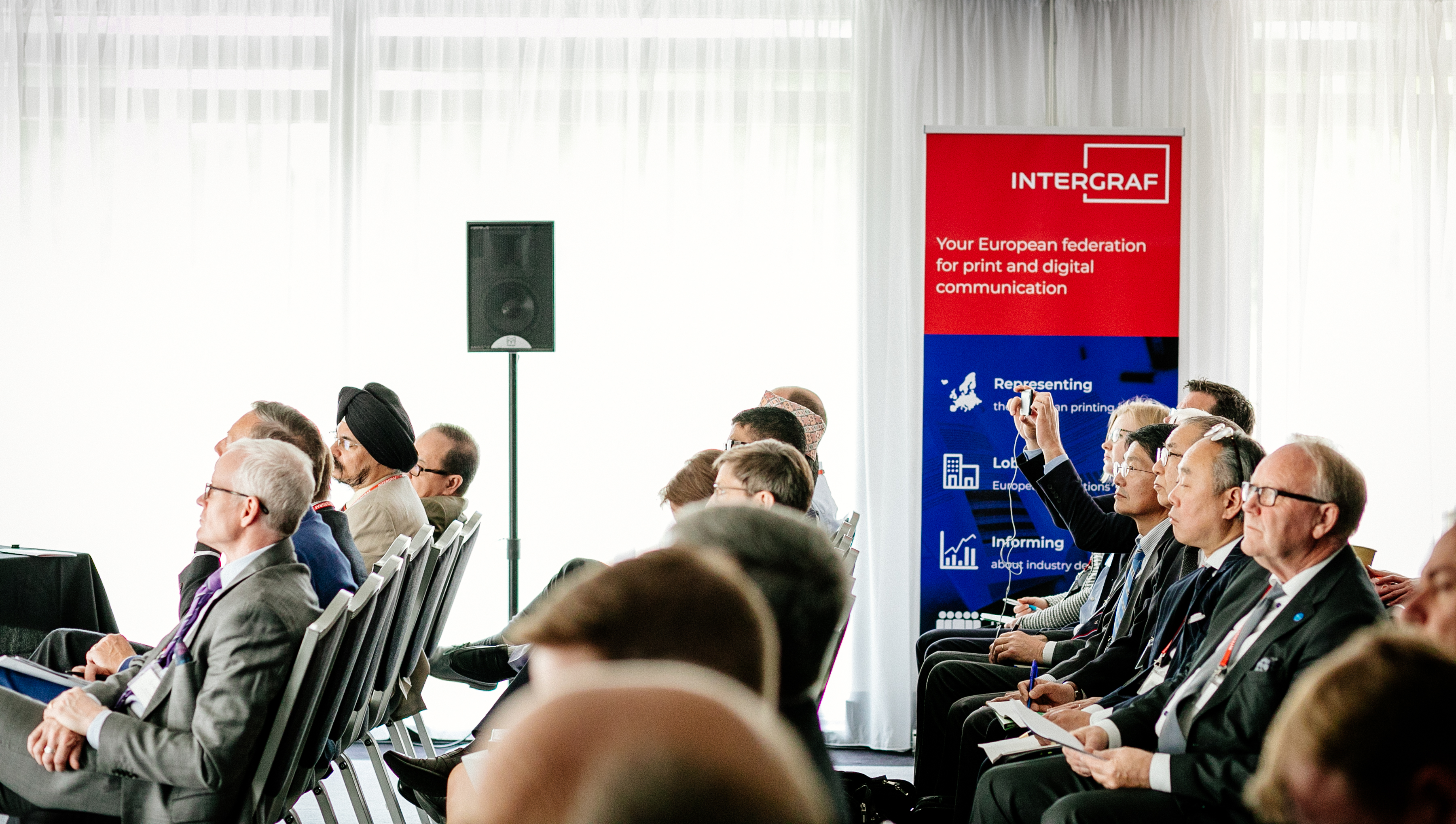HOW COVID-19 AFFECTED THE PRINTING INDUSTRY IN 2020
1 February 2021

As we approach the sombre first anniversary of the COVID-19 crisis in Europe, we present some reflections on 2020 from the perspective of the printing industry. This article is an overview of the information Intergraf receives from its members and transmits regularly to the European Commission. With rolling lockdowns continuing in many countries, it's clear that the crisis is not over yet, so our feedback to the Commission also continues.
Demand
Diminished demand in 2020 has been exceptionally challenging for many printers (particularly those producing commercial print, which with a turnover of €52 billion represents 70% of graphics printing turnover). Government support continues to play a key role in the viability of many such companies - especially SMEs, which make up 95% of our sector. Such challenges will remain at least until lockdowns abate and economies reopen.
Positively, despite a dramatic drop at the beginning of the crisis, the book market has picked up, with comic books, for example, at an all-time high and children's books and magazines continuing to be popular. Direct mail has also risen in effectiveness as people spend more time at home.
Notably, demand for certain printed products remained stable (even rising in some cases) in 2020. The resilience of printed packaging stood out, with turnover only decreasing by 6% compared to 2019 (due to decreased demand for packaging for sectors like shops and restaurants). Nevertheless, some packaging companies have still made changes, like restructuring when lockdown restrictions proved they could meet higher demand with fewer staff.
In the long-term, accelerated growth of the digital economy will likely be one of the COVID trends to stick, so printers will have to adapt their business models to a new kind of digital consumer.
Supply
Supply issues centre on the availability of different types of paper, synthetic ethyl alcohol, and plastics (less common). The price of recycled paper has lately dropped significantly (almost -25% since July 2020). There have also been reports in some countries of declining paper supply, although this may be improving. Moreover, Lockdowns have driven down oil prices, resulting in recycled plastics becoming more expensive than virgin plastics, with obvious implications on sustainability.
Finance
On the one hand, mergers and acquisitions are expected to increase for flexo, as cash-rich companies seek to grow and expand. Commercial print associations, on the other hand, are expecting a wave of bankruptcies when government funding ceases.
What's next?
As the world recovers and the infrastructure of our economy and society adapts to the 'new normal', we must ensure that printers are treated fairly. Any restrictions on printed products (e.g. advertising or packaging) need to be based on facts, not perception. Greenwashing must be avoided and a level-playing field maintained.
For more about our work in 2021 get in touch.
{K2Splitter}





